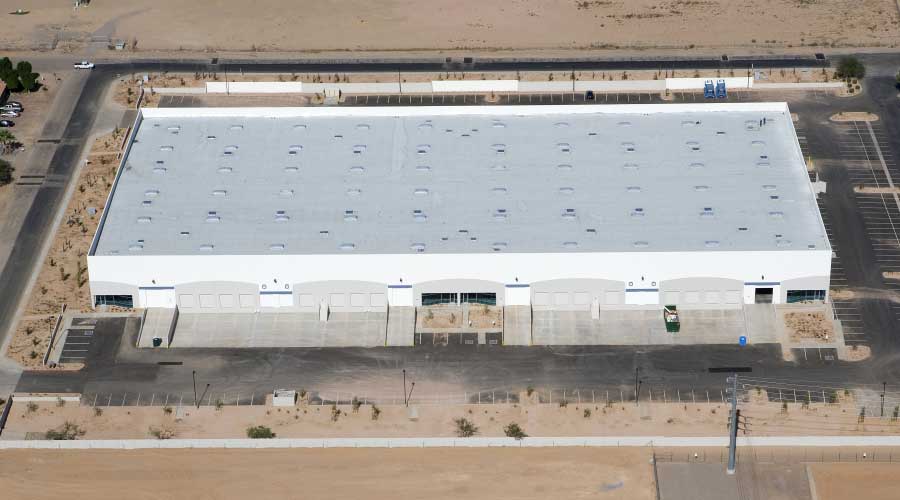Roof Strategies: Repair, Recover or Replace?
Roof leaks do not always mean catastrophic problems if maintenance and engineering managers detect problems early — and that is the tricky part.
"It's sort of like if you have an illness," says Edis Oliver of Wiss, Janney, Elstner Associates Inc., an engineering consulting firm. "You want to have symptoms before it becomes really serious. So as soon as you start having some symptoms, you go to the doctor, and the doctor treats it so it doesn't get more serious.
"The same thing' true of a roof. You can have a serious problem with the roof, but not see the symptoms until it's too late."
Determining whether to repair, recover or replace a roof at institutional or commercial facilities is a difficult task for managers, who must evaluate factors such as a roof's condition, maintenance history, and life expectancy into their decisions.
Condition evaluation
When evaluating a roof's condition, one good first step is to conduct a detailed visual survey that includes core samples to understand the composition of the roof, from air to deck, and an evaluation of the leak history, Oliver says. The samples could mean the difference between a simple repair project and more significant issues.
"The first thing the owner needs to do is get a handle on the nature of the problems and what kind of problems there are," he says. "Are they endemic problems or systemic problems spread over a large area of the roof, or are they just specific, acute problems, like a leak penetration, something that can be fixed?
"If they're having some leak problems and there is still three to four years of life in the roof and they have a 20-year warranty, obviously extending the life through repairs, particularly if you don't have to pay for the repairs, is a good way to do it," Oliver says.
If the warranty has expired, and the roof's damage is acute, managers then can move beyond repairs and consider recovering or replacing it.
"I would hesitate to spend more than 15 percent of the replacement cost on repairs to buy another five years," Oliver says. "If you can stay in that 10 to 15 percent range and buy another five years, that's probably a decent investment. If you're spending 25 to 30 percent to buy five more years, that's too much."
But relying on a warranty to cure everything that ails a roof is dangerous.
"The only thing manufacturing roof warranties cover is that they will repair leaks that occur during the term of the warranty, provided the leaks are not caused by one of about 15 things that are excluded," Oliver says. "An overreliance on roof warranties is one of the myths that are out there. Owners tend to think if they've got a 20-year warranty they are covered for 20 years. That's just not true."
Regular inspections — the National Roofing Contractors Association recommends twice a year, once after the hottest weather and once after the coldest weather and additional inspections after any major weather events — can help ensure that roofs maintain their effectiveness.
"I wish I could get all of my clients to do that (many inspections)," Oliver says. "I'm usually happy if I can get it done once a year."
Related Topics:












